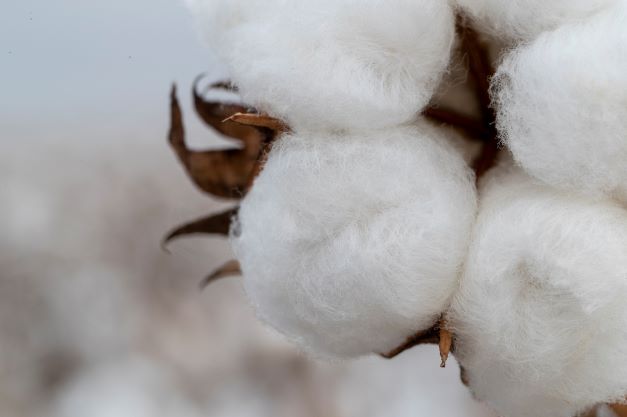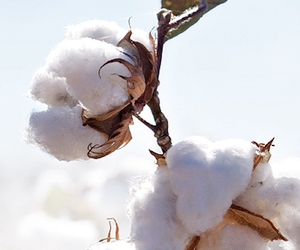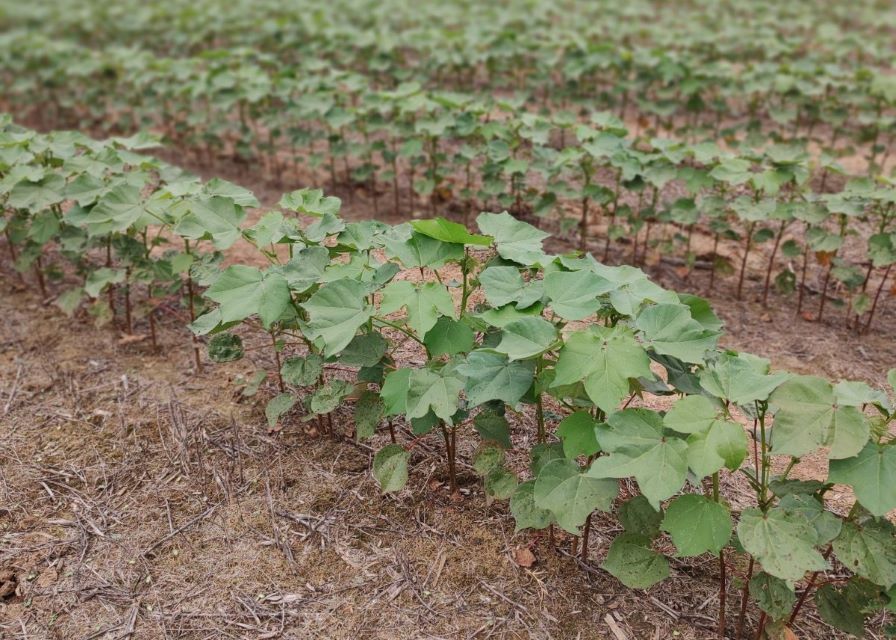Outside Events Push Cotton Prices Closer to 70 Cents
Cotton settled the week with a Happy Face as market participants moved closer to the realization that Washington’s tariff policy could be positive to both the market and to the economic wellbeing of the U.S.
Despite the numerous detractors that fail to understand that change – even in the marketplace – can be positive, outside events took cotton prices and equities significantly higher at the week’s end. All the news pointed to a very strong economy – a discussion the pundits have been unwilling to admit the past three weeks.
The new crop December contract ended the week nearly unchanged, down only 27 points after spending nearly all week as much as 150-200 points lower and settling at 69.71 cents. December futures will continue to flirt with 70 cents as the market is now fully focused on the moisture conditions across the Southwest. The 67-71 cent trading range should continue to be expected, with most trading in a much narrower price range.
The 2024-25 old crop July contract, singing its swan song, settled in High Cotton territory (pun intended), ending the week at 68.41 cents with all relevant contracts up triple digits on the day. Too, its weekly close was near its weekly high and portends a challenge next week of the elusive 69 cent barrier. Price resistance has been significant at that level, with only very brief attempts to break higher.
I continue to suggest growers should be very aggressive sellers of old crop at this level. Certainly, that is well below the breakeven price, but age discounts are rapidly approaching.
U.S. export sales of upland totaled a net of 108,400 bales for the week ending April 24, slightly higher than expectations. Yet, from a market rally perspective, the comment that sales were “impressive” must be viewed in respect to the fact that current season “expectations” are low.
Southeast Asian countries were the primary buyers on the week, with Malaysia and Bangladesh taking almost half the total purchases. Exports shipments were again impressive and, as others have suggested, USDA may have to raise its estimate of U.S. exports above its current 10.9 million bales estimate.
However, as we have previously suggested, it will likely be the shipment rate during May that will provide better information. The excellent weekly shipment rate seen during the past two months is expected to slow during May. If that is the case, then USDA’s current estimate will be sufficient. Yet, even if USDA increases its estimate 200,000 bales to 11.1 million, U.S. ending stocks will still total 4.8 million bales – too much to allow a breakout price rally in the December futures contact.
Additionally, shipments to date are some 300,000 bales behind the year ago pace. Thus, while we are guilty of using flowering adjectives to describe the current shipment pace, the bigger picture tells us that annual exports are slowing. That is the principal challenge facing the U.S. cotton industry.
Export sales for the 2025-26 marketing year continue to lag the current season – a season that we must admit to ourselves is a very poor year. Of course, that just again emphasizes the export challenge just noted. Forward sales for next season (the 2025-26 marketing year) are also smaller than the prior year’s pace – a pace that was slowing for 12 to 18 months. It is noted that Chinese purchases for both the current year as well as next year have been noticeably slow since the summer of 2024.
Moisture conditions across the Southwest continue to hold the price key for the December contract. Much of the area has received good moisture during the past week. The vast dryland area of the Rolling Plains has been well soaked. Yet, subsoil moisture across the dryland region remains well below average. Thus, with a month remaining in the rainy season, Mother Nature has yet to define yield potential across the Southwest.
The USDA May supply demand report, including USDA’s initial forecast for the 2025-2026 supply demand conditions, will be released on May 12. Expect the tight trading ranges for both old crop and new crop to continue.
Give a gift of cotton today.
Comments and opinions expressed in this article are solely those of the author.









